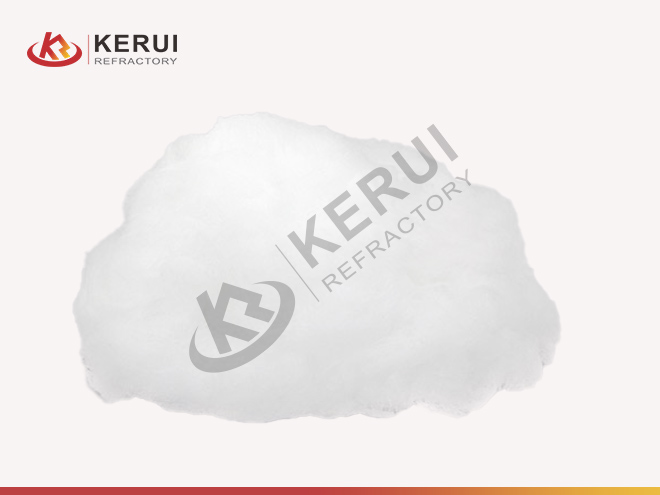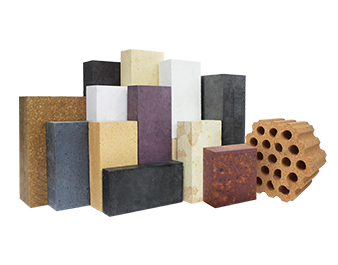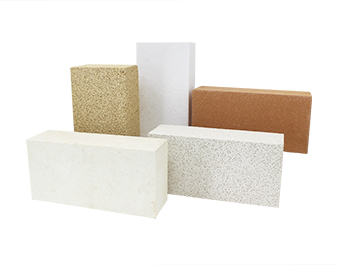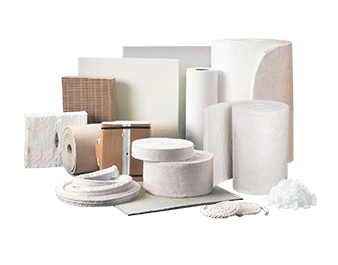
Ceramic Fiber Cotton
- Al2O3≥/%: 35-52
- SiO2≥/%: 47-55
- Classification Temperature (℃):1260-143
- Shot Content ≤/%:12-15
- Fiber Diameter (μm): 2-5
- Certification: ISO9001/ISO14001/ISO45001/ISO50001
- Sample: testing of sample is available
Description of Ceramic Fiber Cotton
Ceramic fiber cotton is made of high-purity clay clinker, alumina powder, silicon powder, chrome sand, and other raw materials that are melted at high temperatures in the furnace to form a fluid, and then blown with compressed air or made into a fiber shape with a spinning machine, and ceramic fiber cotton is formed by collecting cotton. Fiber cotton can be further processed into fiber blankets, boards, paper, cloth, ropes, and other products. Ceramic fiber is a high-efficiency heat insulation material, which has the characteristics of lightweight, high strength, anti-oxidation, low electrical resistivity, low thermal conductivity, good flexibility, corrosion resistance, small heat capacity, and sound insulation.

Kerui Ceramic Fiber Cotton Technical Data Sheet
| Item/Grade | STD Bulk | HP Bulk | HA Bulk | HZ Bulk | |||
|---|---|---|---|---|---|---|---|
| SPUN | BLOWN | CHOPPED | |||||
| Classification Temperature/ºC | 1260 | 1260 | 1260 | 1260 | 1350 | 1430 | |
| Chemical Composition | ω (Al2O3) ≥/% | 43 | 43 | 43 | 44 | 52 | 35 |
| ω (SiO2) ≥/% | 54 | 54 | 54 | 55 | 47 | 49 | |
| ω (ZrO2) ≥/% | / | / | / | / | / | 15 | |
| Color | White | White | White | White | White | White | |
| Shot Content ≤/% | 15 | 15 | 12 | 15 | 15 | 12 | |
| Fiber Diameter (μm) | 3-5 | 2-4 | 2-4 | 3-5 | 2-4 | 3-5 | |
Manufacturing Process of Ceramic Fiber Cotton
Raw Material Selection
Choose a high-quality ceramic fiber, usually an alumina silicate or alumina material, in addition to removing impurities.
Fiber Production
Add binders to raw materials to improve fiber properties and adhesion. The mixture is then made into a cotton-like material using carding, air-laying, or spinning.
Solidifying and Heat Treatment
After a curing process to fix the binder and additives, the cured fiber wool is then subjected to a heat treatment process, usually in a high temperature furnace. The heat treatment process removes binders and additives through controlled heat, further enhancing the properties of the ceramic fiber wool.
Post-Processing and Finishing
After heat treatment, it is also carded or needled to improve the fiber arrangement and overall integrity of the material or to use a surface coating to improve the moisture resistance and wear resistance of the material.
Advantages of Ceramic Fiber Cotton
Excellent Sound Absorption
Due to the porosity of its fiber structure, ceramic fiber cotton can effectively absorb sound waves, reduce noise and prevent sound transmission and reflection. It is the first choice for controlling noise and improving sound insulation.
Low Slag Content
Slag balls will affect the durability and performance of fiber cotton. The low content of slag balls can make ceramic fiber cotton maintain stable performance under high temperatures and extreme environments, and improve product life.
Not Easy to Pulverize at High Temperature
While some other insulating materials may decompose when exposed to extreme heat, ceramic fiber wool has excellent powder resistance and can maintain integrity and insulation, such as in a furnace, and withstand high temperatures without shattering.
Low Heat Capacity, Low Thermal Conductivity
The low heat capacity means that ceramic fiber wool requires less energy to raise the temperature, and the property allows for faster heating and cooling and helps minimize heat storage. Low thermal conductivity means it is a poor conductor, which can effectively insulate heat conduction and greatly reduce heat loss, and improve the efficiency of the furnace.
Application of Ceramic Fiber Cotton
Thermal Reactors and Incineration Equipment
Ceramic fiber cotton is often used in various kilns and heater equipment in petrochemical, iron and steel metallurgy, electric power industry, glass manufacturing, and other industries as thermal insulation materials. It can provide effective thermal insulation to maintain high working efficiency and ensure safe operation in high-temperature environments.
High-Temperature Furnace Heating Equipment Wall Lining Packing
Ceramic fiber wool can be used in the walls, roof, and floor of masonry kilns, which can provide more effective heat insulation and protect the structural integrity of the equipment.
Building Insulation
Ceramic fiber wool can be used in the insulation of commercial and residential buildings to provide thermal protection for walls, roofs, and pipes to improve energy efficiency and occupant comfort.
Aerospace and Automotive Industries
Ceramic fiber cotton can be used in exhaust systems of aircraft and automobiles, engine compartments, heat shields, and heat insulation of electronic components, etc., which can prevent heat conduction, enhance safety, and replace components from high temperature.





